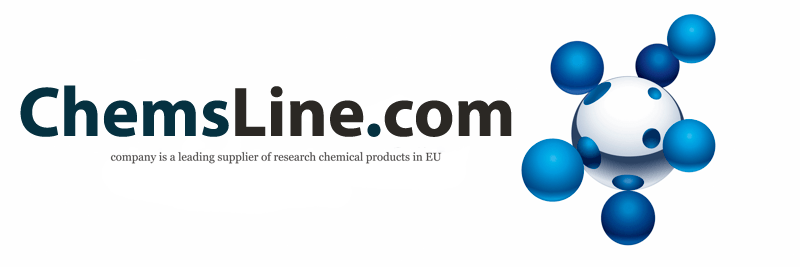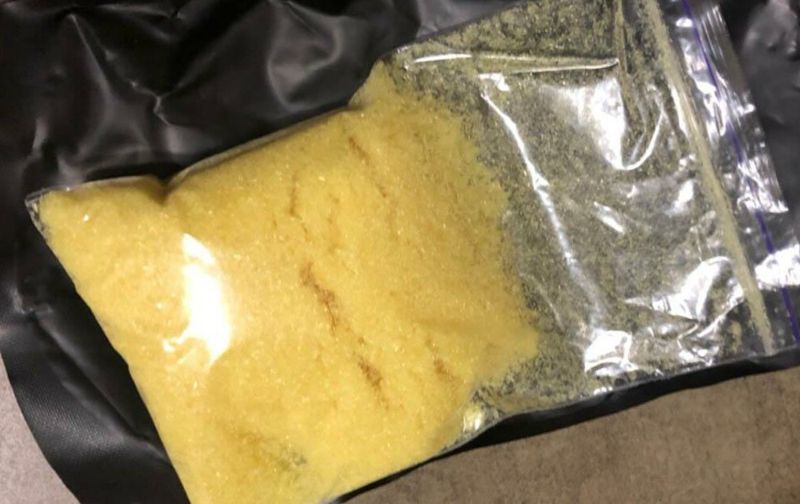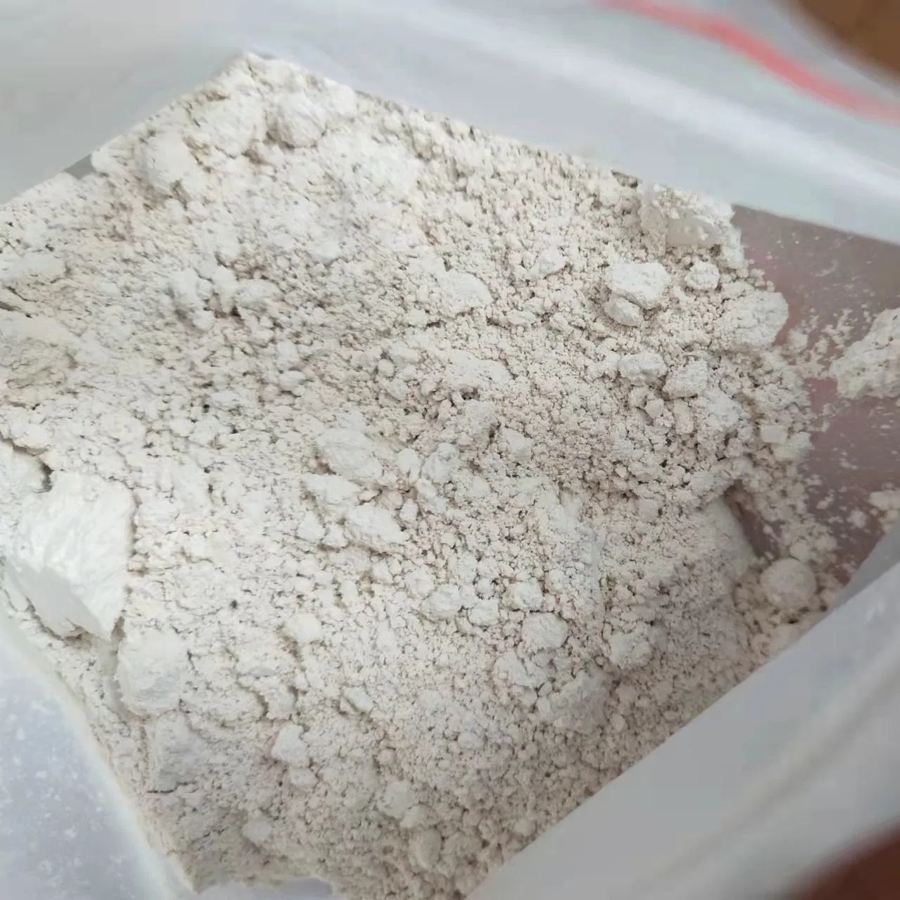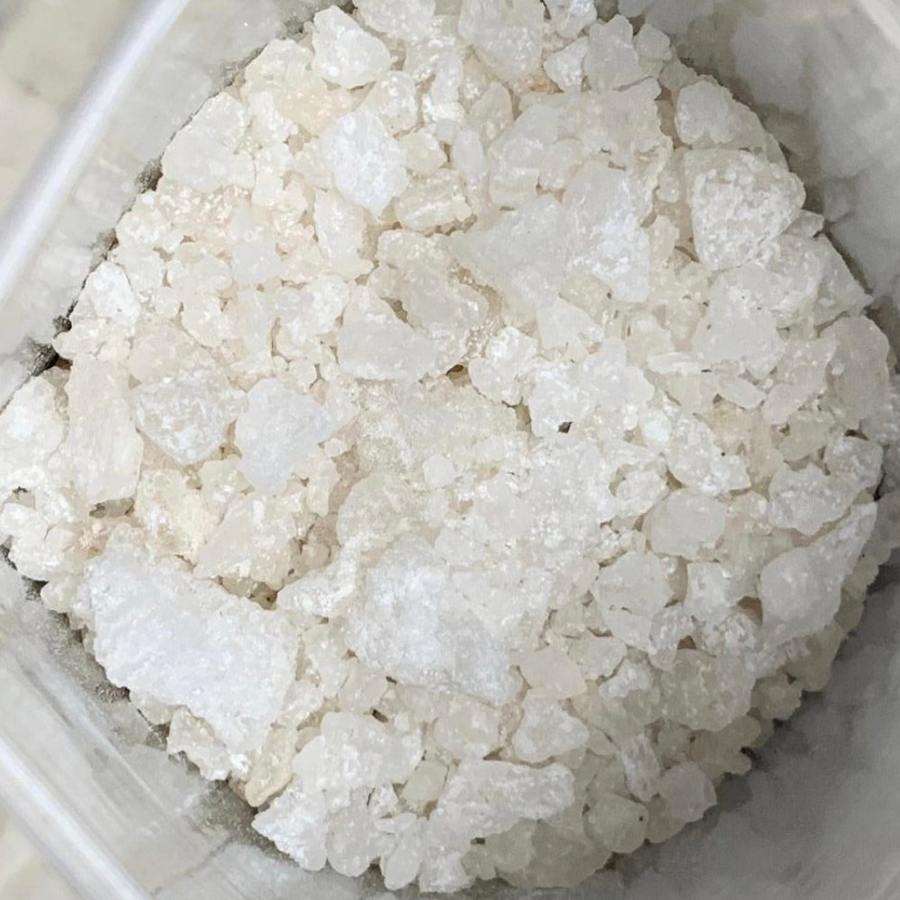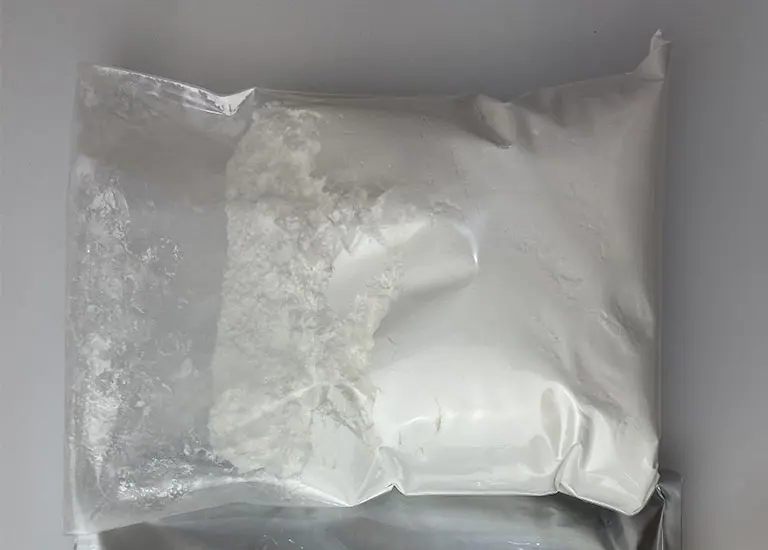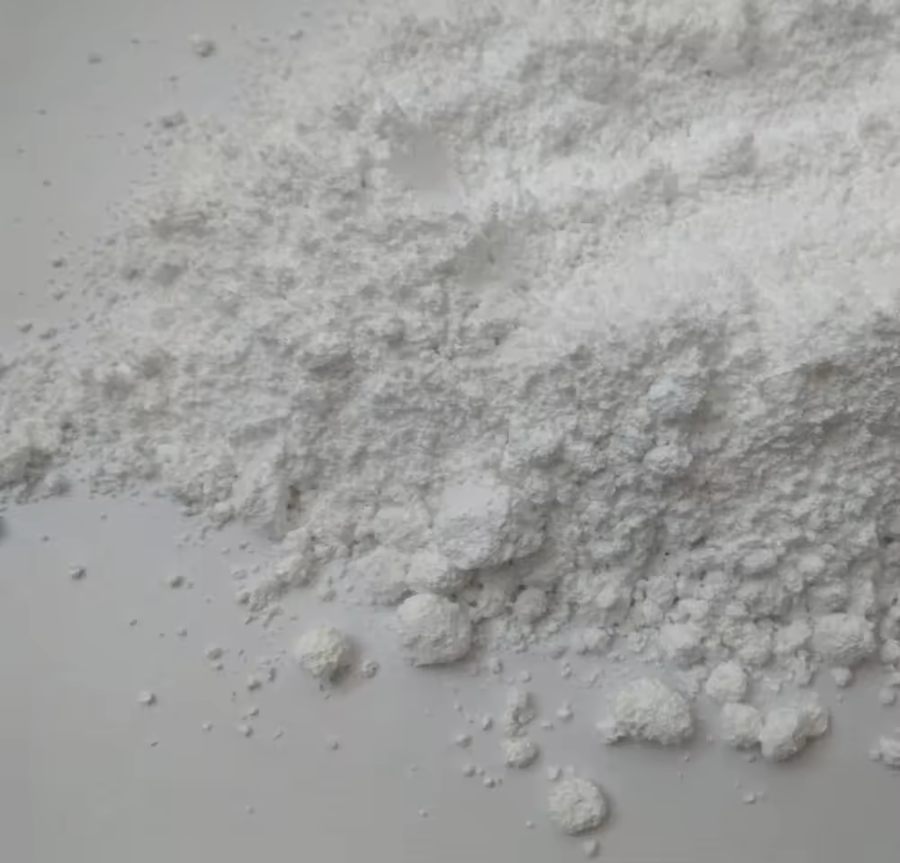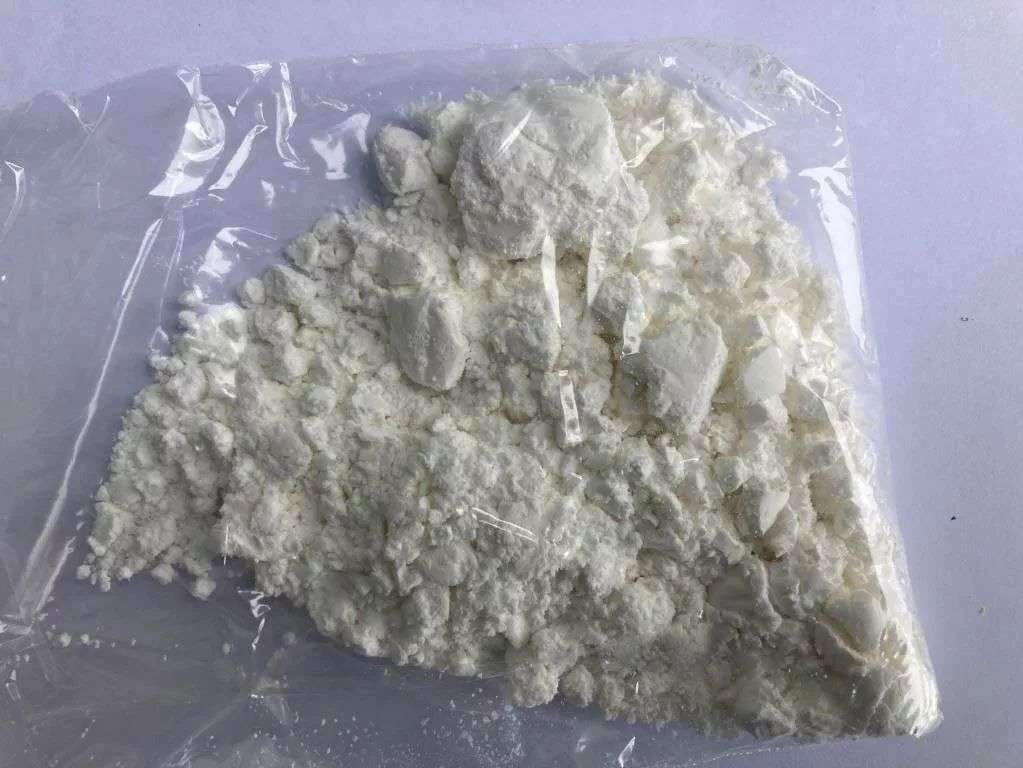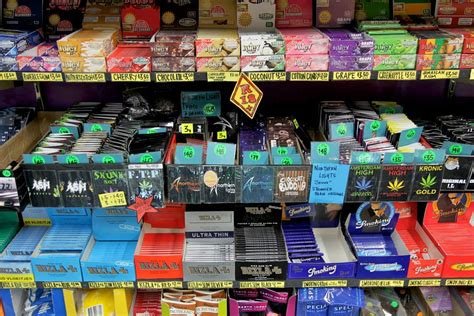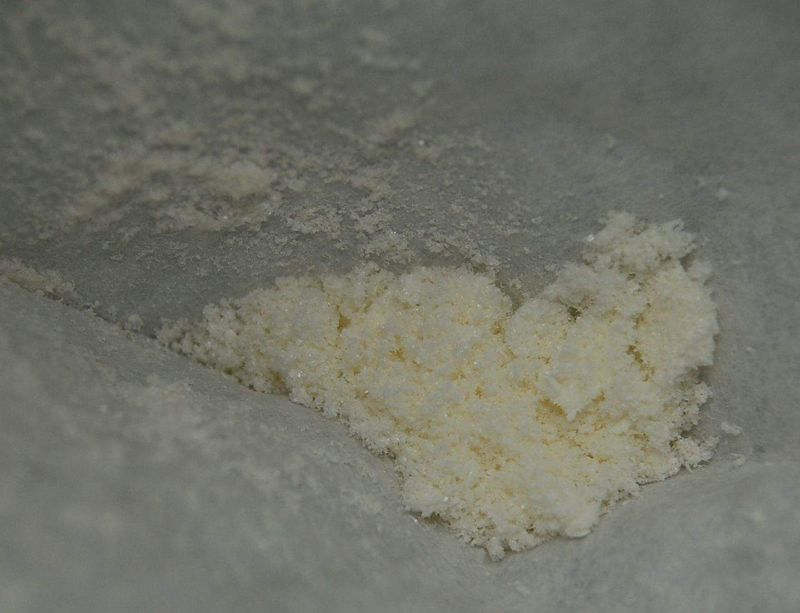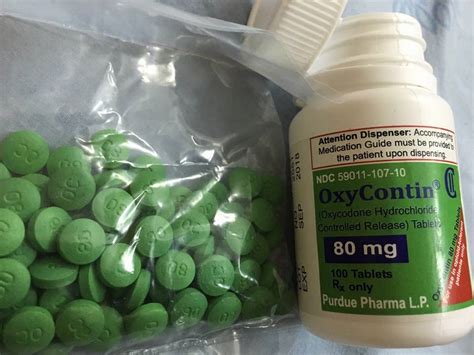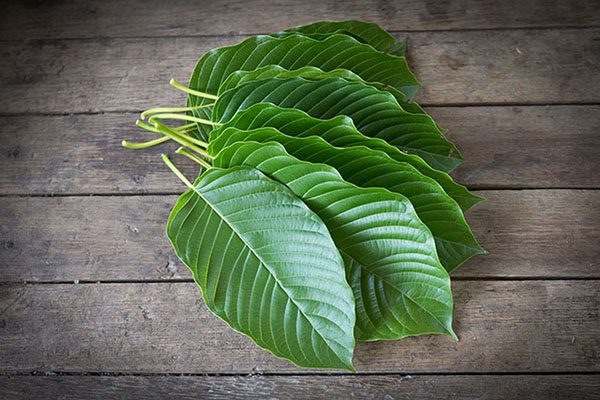This type of narcotic substances is classified in the same way as drugs based on natural components due to their high prevalence. Today, synthetic analogues are created on the basis of almost any previously known natural narcotic substances. There are the following types of designer drugs:
- Opioids. They give a calming effect. Analogs of morphine, heroin, opium.
- Hallucinogens. Hashish analogues that cause visual and auditory hallucinations. These include LSD, cannabinoids.
- Psychostimulants. They cause euphoria, excite the nervous system. Well-known representatives are ecstasy, amphetamines.
- Depressants. They have a depressing effect on the nervous system. Analogues of barbiturates.
Why are drugs called designer drugs?
In the manufacture of these narcotic drugs, it is not at all meant to create a designer wrapper or any creative ways for the production of such products. The packaging of such drugs is often colorful and bright, luring not only with its contents, but also with the outer wrapper.
Drugs are produced mainly by people in underground laboratories, mainly by chemists, but also by those who have just learned how to make them. Thus, it turns out to create a new narcotic drug based on the old one, but at the same time legally legal.
Their main danger lies in the fact that for some time their release and sale are not considered illegal, and the number of analogues and subspecies increases every year.
History of occurrence
For the first time, designer drugs became widespread in wide circles in the twenties of the last century. This was due to the decision to ban morphine by an international convention. Then, in hidden laboratories, chemists got a lot of room for imagination and began to invent new substances identical to the prohibited ones. Experiments were also conducted clandestinely, the purpose of which was to create new drugs. The changed structure of the composition already gave rise to the invention of a still unknown, however, soon popular substance.
The change in the composition did not affect the properties of the newly made drugs, they were sometimes on a par with heroin. The authorities introduced them into the amended law as prohibited substances, but at that time their analogues in multiple versions were already created.
In the thirties of the same century, all drugs containing at least a small amount of morphine were banned. However, this did not prevent chemists from finding other active substances and creating improved drugs based on them.
Scientists spent months to identify and prove the presence of narcotic substances in newly invented drugs that act like the old ones. But while the research was being conducted, considerable batches of drugs were sold in tablets or powders. Then the production of old drugs was closed and a new one was opened, which also took a lot of time to check. So the criminals were ahead of the authorities, and the process of releasing and selling designer drugs was non-stop.
The peak of active sales of these substances occurred in the first decade of the 2000s. Psychotropic substances were widely distributed at clubs, parties, hangouts, and with the development of the Internet, they were sold in online stores. Moreover, they were not called drugs, but were sold under the guise of dietary supplements and energy drinks.
Popular designer drugs (list the main types, symptoms of use)
It is impossible to count all types of narcotic substances that belong to the designer ones. Every year, their list is expanded to at least twenty new funds.
